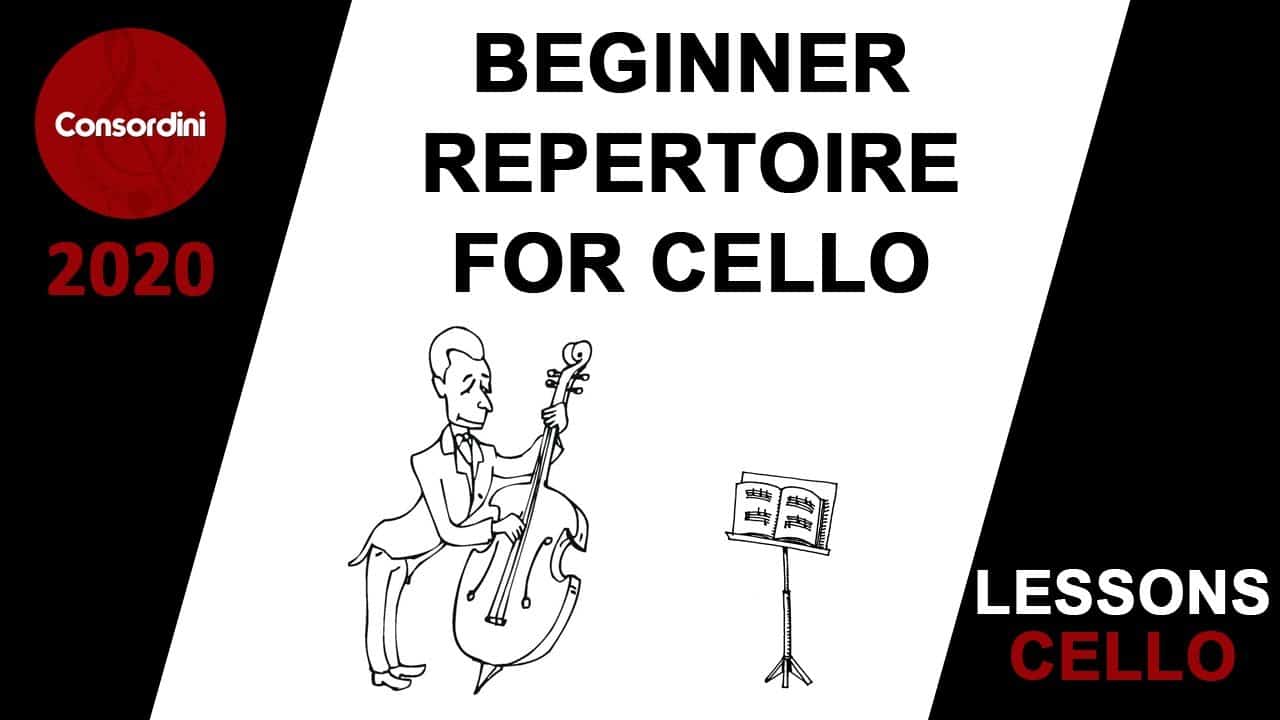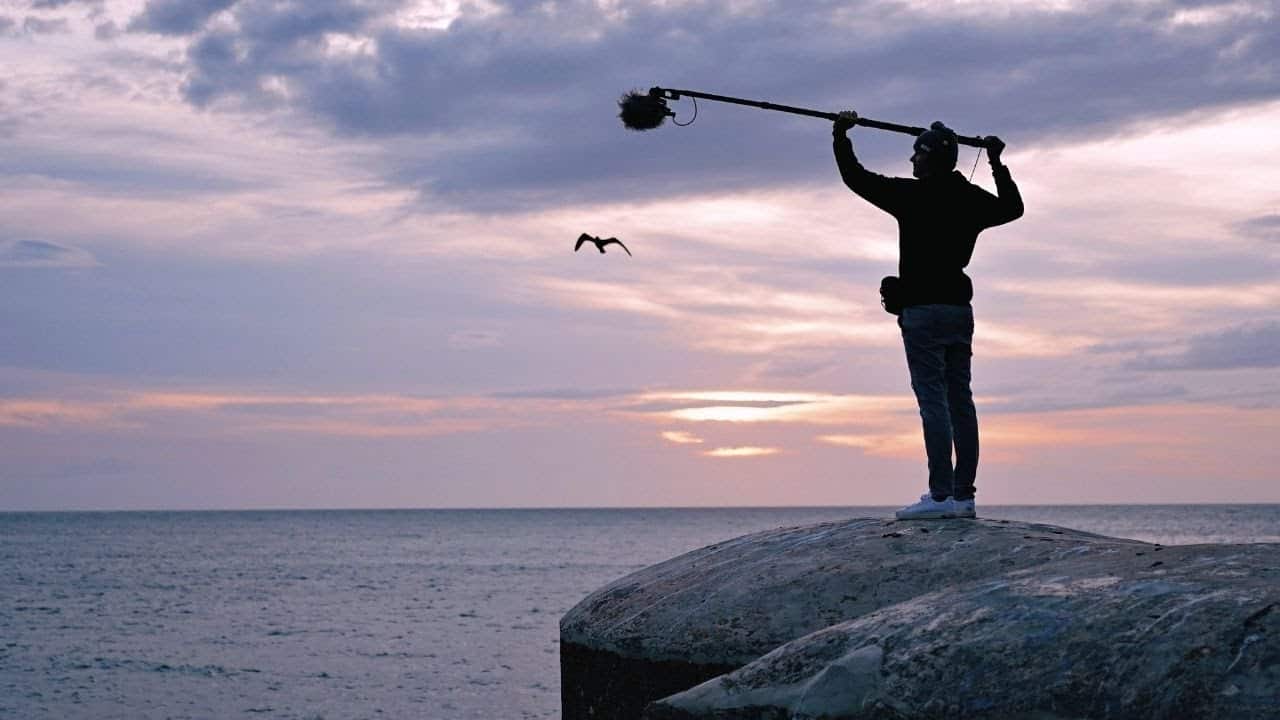Beginner Repertoire for Cello
After desiring playing cello only to find the grunt work involved in finding a cello, learning how to set it up, learning how to use your hands for it, and trying to get a sound and some basic scales, the itch for actually playing some music can be quite strong.
It is generally a good idea to always have real music to work on, not just technical exercises, as it keeps that love alive and a sense of purpose fresh. In playing repertoire of any difficulty level, one of the exciting things is to not just work on how to play it on the cello, but to also first work out what the music is saying.
Usually there will be a theme that gets repeated, phrases that either feel like a question or an answer, and some contrasting section before the form comes back to how it started. Noticing, these structures and patterns will help give you some information on how to play the music, not just where to put your fingers (which will only get you so far).
It is definitely helpful to be practicing technique, as beginner repertoire is almost always scale based. If you can play your scales, you can play the melodies! They are just scales recombined in different note orders, rhythms, and dynamics. Some find it helpful to listen to many different versions of the song, while others prefer to listen to stylistically similar music.
Whichever your approach, find a way to have a clear idea in your mind’s ear of what the song should sound like. Otherwise it won’t be very musical and you’ll wonder what you’re doing wrong. A great piece to start with is Twinkle, Twinkle, Little Star, and a great resource for it is Suzuki Book 1 for cello. In there it will have rhythmic and slurring variations, as well as fingerings for each note.
The reason this is such a great piece to start with is that it just uses the thinner strings, doesn’t have a very wide span of notes, and for the most part is just a scale. However, it has a very solid structure as described above, with lots of opportunities for musical nuance, and does require one string change.
Other helpful songs include Mary Had A Little Lamb, Song of the Wind, and The Happy Farmer. Each is relatively simple but will help you get started playing some music. It can be helpful to incorporate free playing your practice, and trying to find by ear melodies you know. This will increase your confidence on the fingerboard as well as helping you play more intuitively, and hence, musically.
In order to learn Twinkle, Twinkle, Little Star you must first use the detaché stroke, discussed in another video, and it begins by playing the D and A string twice each. Then you have to find that first finger position, B and play that twice before coming back to the A.
A tetrachord scale coming down G F# E D follows, again with each note played twice. Then the same thing one note up, so starting on the open A then down G F# E. Finally the first half comes back again. Use your ear’s memory of the song to help you find the phrasing and the notes. Phrasing means how you play it, what the “shape” is of the melody you play, like when you speak you can have different inflections. Beautiful music is music phrased beautifully, and it’s something we strive for as cellists. It is an elusive concept in some ways, but it will follow you through all your cello studies.










